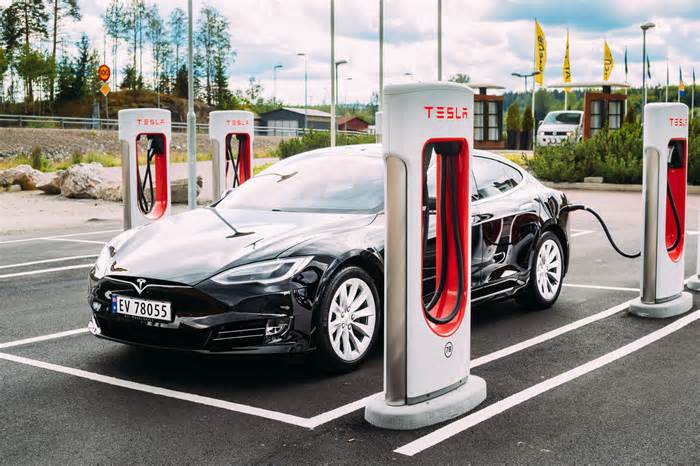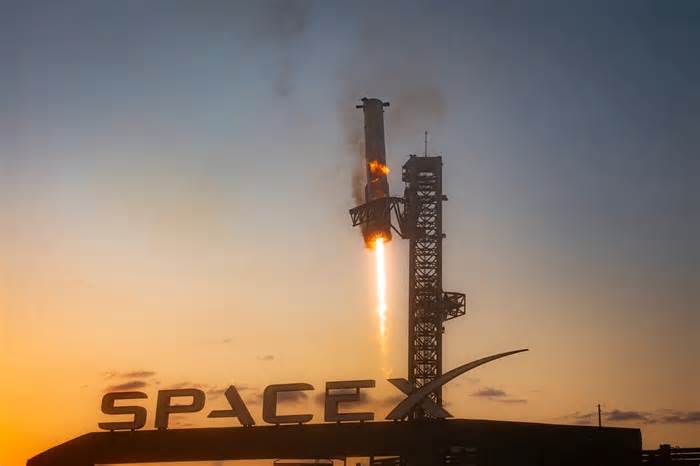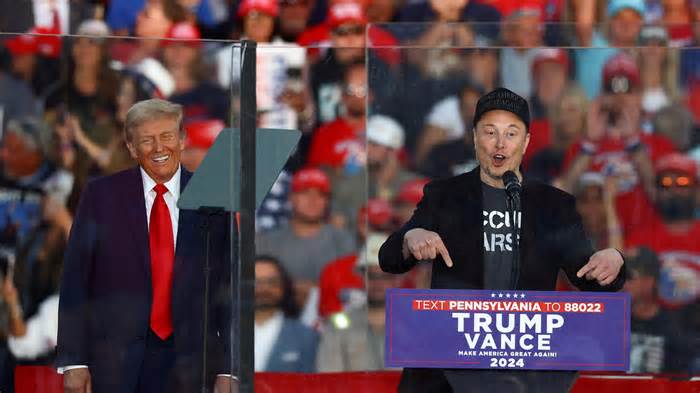
Buy or Sell Tesla Stock After Disappointing Q2 Earnings?
- by The Tokenist
- Jul 24, 2024
- 0 Comments
- 0 Likes Flag 0 Of 5

Published on July 24, 2024 12:41 PM EST
Neither the author, Tim Fries, nor this website, The Tokenist, provide financial advice. Please consult our website policy prior to making financial decisions.
After Tesla (NASDAQ: TSLA) delivered its Q2 earnings on Tuesday, it’s time to assess the company’s long-term viability. The company’s future relies on its ability to scale production and meet affordability against Chinese competitors.
After the latest earnings, TSLA stock is down 10%, painting a bleak picture. But what do the figures on Tesla’s EVs say?
Tesla’s Earnings Examined
For the second fiscal quarter ending June 30th, Tesla reported 2% year-over-year increase in total revenue of $25.5 billion, beating the estimate by $0.8 billion. However, the automotive revenue is down 7% YoY, at $19.87 billion. Tesla’s net income is down 45% YoY at $1.47 billion.
Against the 6.3% operating margin, which is a -333 bp YoY drop, Tesla’s capital expenditures increased by 10% YoY to $2.3 billion, with operating expenses totaling $3 billion plus tax-related expenses of $0.4 billion. As a whole, the cost of Tesla’s $25.5 billion revenue was $20.9 billion.
In other words, Tesla’s year-over-year operating margin decline of -333 basis points (1 bp equals 0.01%), means that Tesla is operating at a loss as the revenue is outpacing the costs.
From an investing perspective, Tesla shareholders’ expectations were low due to S3XY price cuts and decline in deliveries. While this low ceiling put the company over the expected revenue consensus of $24.63 billion, Tesla failed to top the earnings per share consensus of $0.46, at $0.42 EPS reported, making for a negative 8.7% surprise.
After failing to beat the EPS estimate for the fourth consecutive quarter, Tesla Q2 report concluded with a following outlook:
“In 2024, our vehicle volume growth rate may be notably lower than the growth rate achieved in 2023.”
Tesla’s non-EV Revenue Sources
Tesla is still primarily an EV company, evidenced by 78% of revenue coming from EV sales. The rest is divided between the Energy Generation and Storage at 10%, and revenue from Services at 12%, such as vehicle service, parts and accessories sales, and the Supercharger network.
The energy division’s revenue increased 100% YoY at $3 billion, while services’ revenue increased 21% to $2.6 billion. However, Tesla’s energy play should be taken with some caveats.
As the company diversified battery sourcing from BYD and Panasonic to own production, Tesla also increased reliance on Chinese Contemporary Amperex Technology Co., Limited (CATL) for prismatic LFP cells used in Model 3 and Model Y. Xpeng – 5,400
With BYD EVs outselling Tesla EVs at 6.6 ratio, BYD’s most recent entry in May is likely to widen that gap. BYD’s Seagull costs only ~$12,000 against Tesla’s cheapest Model 3 (RWD) at around $38,990. Moreover, Tesla’s upcoming affordable EV, referred to as the Model 2 in 2025, is not expected to be priced under $25,000.
For Tesla to survive that kind of competition, the company would have to rely on aggressive government interventionism. The EU already obliged, having set provisional 37.6% duties on China-imported EVs, on top of existing 10% tariff, totaling up to 48%.
Although this appears to go directly against the EU’s green agenda, it seems that protectionism overrides it. At the same time, Toyota’s bet on hybrids instead of pure-EV play is turning into a huge success.
During 2023, Toyota outpaced all automakers in sales except G.M. in the US. Toyota’s electrified car lineup spanning hybrids, plug-in and battery EVs accounted for over 657,327 units sold.
In Q1, the company’s lineup of xEVs, accounting for BEV, HEV, PHEV and FCEV, increased by 74% year-over-year to 206,850. As Toyota achieved high double-digit growth during that quarter, Tesla reported a 9% YoY decline to 386,810.
Even without BYD in the picture due to government interventionism, this trend doesn’t bode well for Tesla as a pure-play EV company. Lastly, Tesla’s canceling of one-piece gigacasting process points to a hard ceiling when it comes to scaling of manufacturing operations.
Can Robotaxi and Optimus Boost Tesla’s Bottom Line?
Rescheduled from August to October 10th, Tesla’s shareholder sentiment is now hinging on the robotaxi reveal. Specifically, if there are milestone advances in making full-self driving (FSD) capability viable.
In no uncertain terms, Tesla views robotaxi service expansion as the saving grace in the Q2 earnings report.
“Though timing of Robotaxi deployment depends on technological advancement and regulatory approval, we are working vigorously on this opportunity given the outsized potential value.”
Cathie Wood valued that “outsized potential” at $2,600 per TSLA share by 2029, expecting that Tesla would churn 90% of income from autonomous driving and hailing services. Expectations from Optimus humanoid robots are somewhat muted, with commercialization beginning in 2026.
In the meantime, Tesla holds $30.7 billion in cash, cash equivalents and investments, which is a 33% year-over-year improvement. TSLA shareholders are hoping this makes for a sufficient runway to counter BYD, Toyota and regulatory/tech obstacles for the successful deployment of the robotaxi service.
If October 10th fails to inject enthusiasm, do you think Tesla stock is heading for a new 52-week bottom? Let us know in the comments below.
Disclaimer: The author does not hold or have a position in any securities discussed in the article.
Please first to comment
Related Post
Stay Connected
Tweets by elonmuskTo get the latest tweets please make sure you are logged in on X on this browser.
Sponsored
Popular Post
Tesla: Buy This Dip, Energy Growth And Margin Recovery Are Vastly Underappreciated
28 ViewsJul 29 ,2024






 Energy
Energy



















